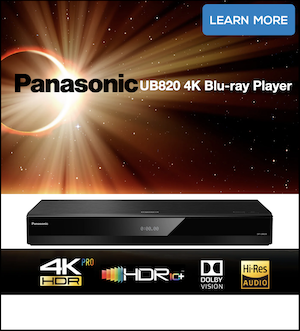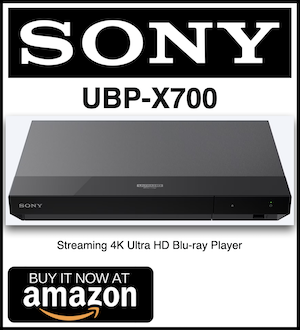Chris A
Member
More
- Preamp, Processor or Receiver
- Emotiva XMC-1 AVP, Xilica XP-8080 & miniDSP 2x4 HD
- Main Amp
- First Watt F3, Crown D75-As (5 total) bi-amping
- Additional Amp
- Crown XTi-1000 for subwoofers (2)
- DAC
- Topping D10 Balanced (stereo only mode)
- Universal / Blu-ray / CD Player
- LG UBK90, Oppo BDP-103, Laptop
- Front Speakers
- Klipsch Jubilees (TAD TD-4002 compression drivers)
- Center Channel Speaker
- K-402-Multiple Entry Horn (full range)
- Surround Speakers
- Klipsch Belle bass bins with ESS AMT-1, bi-amped
- Surround Back Speakers
- -
- Front Height Speakers
- -
- Rear Height Speakers
- -
- Subwoofers
- DIY SPUD Tapped Horn (2) behind fronts
- Screen
- LG OLED 77"
- Remote Control
- Logitech Harmony One
Demastering your CDs from the effects of mastering equalization, limiting (clipping), and residual line noise (50/60 Hz, 100/120 Hz) and HVAC infrasonic noise to improve the sound is described below. The story of why and the process described using an audio editing tool, such as the freeware tool Audacity, is part of a multi-part tutorial.
The first segment of this tutorial is the "what", "why", "who" and "where" of the music mastering problem (see pdf enclosure).
Part 2 including the "how", "how much", and "when" is also available, below
Part 3 (advanced topics) will follow shortly.
Chris
The first segment of this tutorial is the "what", "why", "who" and "where" of the music mastering problem (see pdf enclosure).
Part 2 including the "how", "how much", and "when" is also available, below
Part 3 (advanced topics) will follow shortly.
Chris
Attachments
Last edited:
















